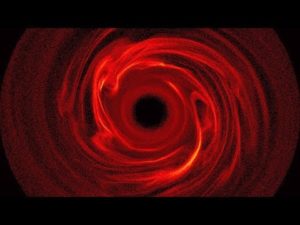With the addition of more than a thousand new exoplanets, we have also added to the list of “potentially habitable” planets in the galaxy.
Potentially habitable in this case simply means potentially rocky planets with surface temperatures that could allow for liquid water. Such planets are often called “Earth-like,” though that’s a bit misleading. Venus is very different from Earth, and yet if it were an exoplanet it would be considered highly “Earth-like.” Even the term “potentially habitable” is a bit misleading. Some of the larger, super-Earth mass planets are potentially rocky, but could also resemble Neptune more than Earth. The potential for liquid water is also a bit fuzzy. Both Venus and Mars are within the range of solar distance that could allow for liquid water, but neither of them have liquid surface water. The category also excludes bodies that could harbor life in different ways. Some warm-Jupiter planets could have large moons within the habitable zone of a star, while more distant planets and moons might have liquid water due to internal heating. Europa and Ganymede, for example, have oceans of water under an icy crust, which could be warm enough to sustain life.
That said, there are currently about 40 potentially habitable exoplanets. Plotted on a map of our galaxy, as seen above, you’ll see a few scattered across the sky. But the bulk of them are in the upper left region of the map. That’s where the Kepler spacecraft has been looking for planets, and that’s where the vast majority of planets have been found. It’s that small portion of the sky that gives a reasonable idea of just how many habitable planets there might be. We have every reason to presume that other regions of the sky along the Milky Way would have a similar density of planets. If you imagine that level of planets across the entire Milky Way, you’d see the likely potential of habitable worlds.
It’s not likely that all of those worlds harbor life. It may be that only a small fraction do, or perhaps even none. At this point there are too many variables we don’t understand about the origin of life on a potentially habitable world. But it’s now clear that the potential for life is extraordinarily high. There are warm worlds similar in mass to Earth, and there are a lot of them.










